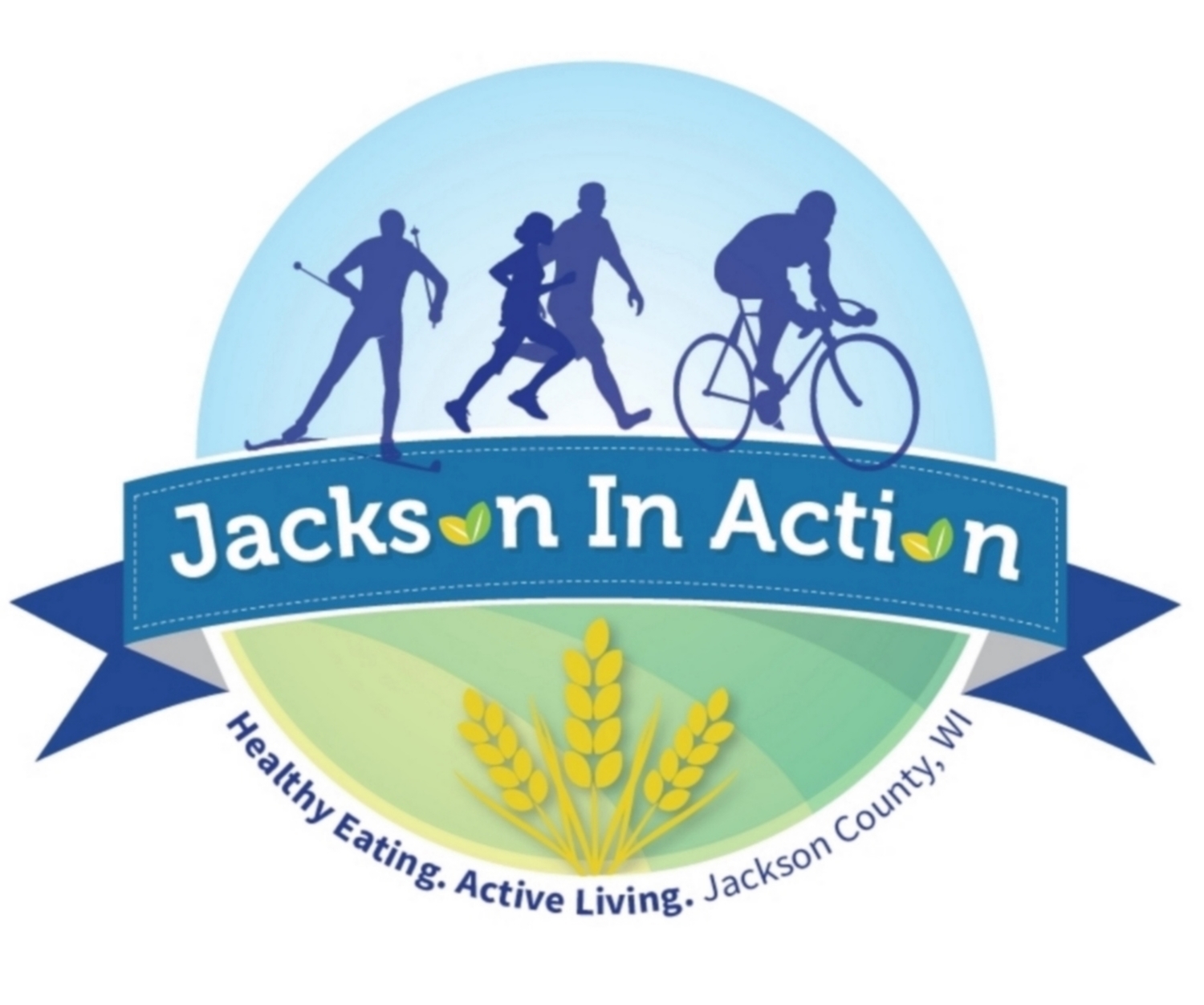By Kathy Braaten, RDN, CD, CDE, CLS
Ho-Chunk Nation Registered Dietitian/Nutritionist, Jackson in action Coalition member
September means back to school! This may mean a more-hectic schedule for your family, and in the shuffle, it may be easier to grab fast food or pack convenient packaged lunch kits or salty snacks. You want your child to do their best in school, and good nutrition is an important part of fueling your child for both learning and after-school activities!
Breakfast has been shown in numerous studies to be critical to learning. Fortunately, if your child is enrolled in the BRF school district, he or she receives a FREE nutritious school breakfast every school day. And, it is helpful to know that foods on the breakfast/lunch menus at all schools are specially formulated to meet government regulations: more whole grains, and lower in fat, salt and sugar.
School lunches also must meet these government regulations, and provide balanced, cost-effective meals. All BRF school lunchrooms also contain a salad bar, with an assortment of fruit and vegetable choices that are rotated for variety.
On the other hand, did you know that in a 2014 study in Massachusetts, only 27% of lunches packed from home contained at least 3 of the 5 food groups that school lunches must provide according to the National School Lunch Program standards? If you choose to pack your child’s lunch, here are some tips:
- First, be sure to pack an ice pack to keep the lunch safe. Lunches are stored in lockers and they can get very HOT in the fall and spring months!
- Let your child help you decide what goes in the lunch. Offer healthy choices and let them make the decision so you know they will eat it.
- The following are ideal components to pack:
- An entrée –a turkey, peanut butter, chicken or tuna sandwich, bean burrito, hummus in a pita bread, or a wrap containing lean meat, hummus, and/or cheese with veggies. Cottage cheese with fruit and crackers, a boiled egg with crackers, or meal leftovers also work fine.
- Whole grains for any bread, wrap, tortilla, or crackers packed. Look for the words “100% whole wheat” or “100% whole grain” on the package, or check the ingredients list and be sure the first ingredient contains the word “whole.” Brown rice, wild rice, quinoa or whole wheat pasta in meal leftovers are other examples.
- Ideally, both a fruit and veggie. Cut up fresh fruit, apple slices treated to prevent browning, grapes, or packaged fruit cups with no added sugar are easy. For veggies, try baby carrots, cut up bell pepper strips, grape tomatoes, raw broccoli/cauliflower, or leftover cooked veggies. If dips are needed, consider hummus or snack packs of guacamole.
- A calcium source. Low-fat milk or soymilk is perfect, or pack a flavored yogurt container for a sweet treat. Many yogurts contain 150 calories or less and would be a good choice.
Other tips:
- Look for "100% Juice" above the Nutriton Facts label, when you offer juice - and limit eve nreal fruit juice to 6-8 oz/day. Many juice type beverages are simply sugar-water.
- Avoid offering other sugary drinks to your child as well, such as soda, sports drinks, and vitamin waters. Offer plenty of plain
- Hungry, active kids need healthy snacks before after-school activities! Here is a simple, portable snack idea: Combine your child’s choice of dry whole grain cereal (Multi-Grain Cheerios or Life are a couple ideas) with dried fruits, pumpkin seeds, roasted soynuts, and / or sunflower seeds in a snack-size baggie.
· Have a happy, healthy 2015-2016 school year!

